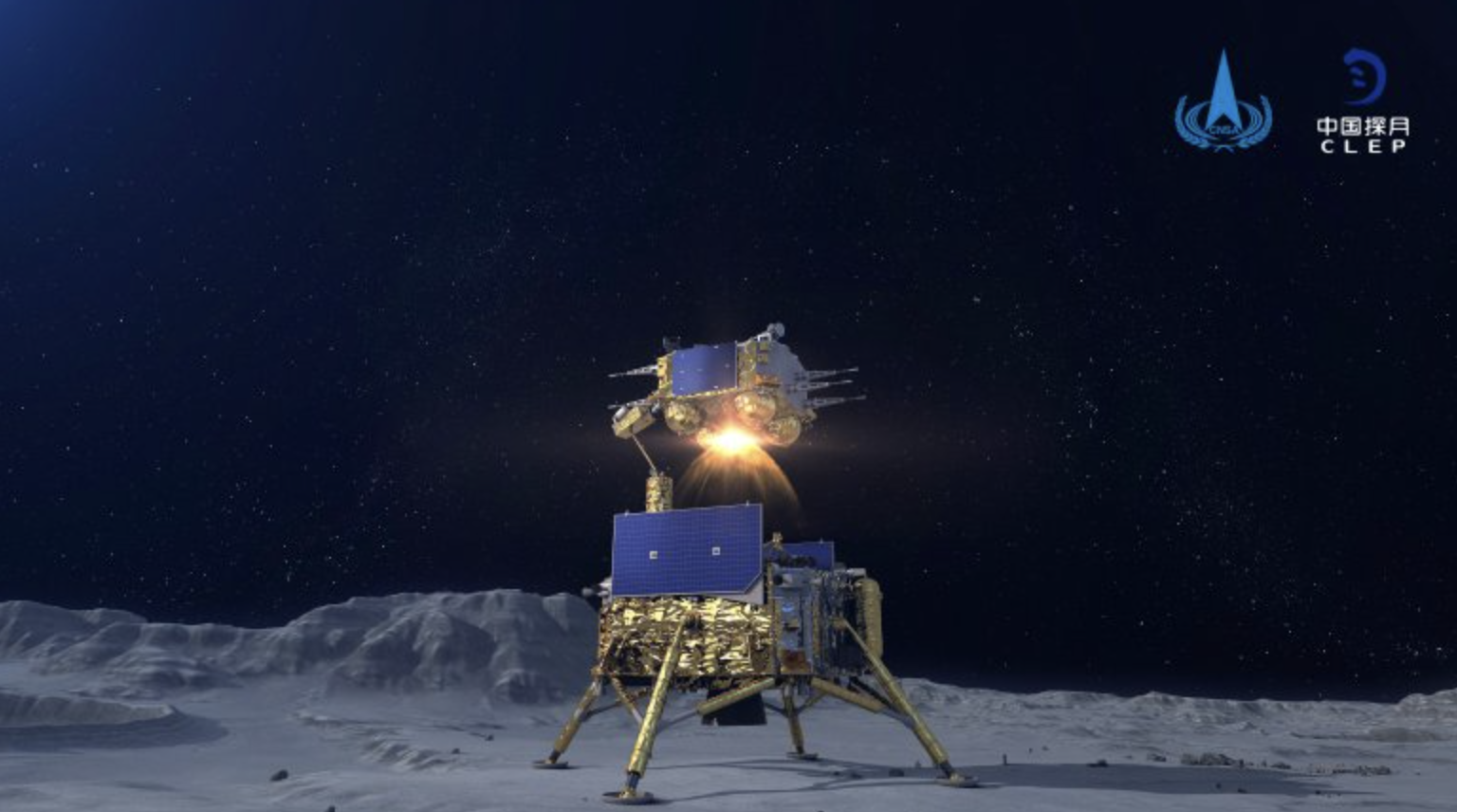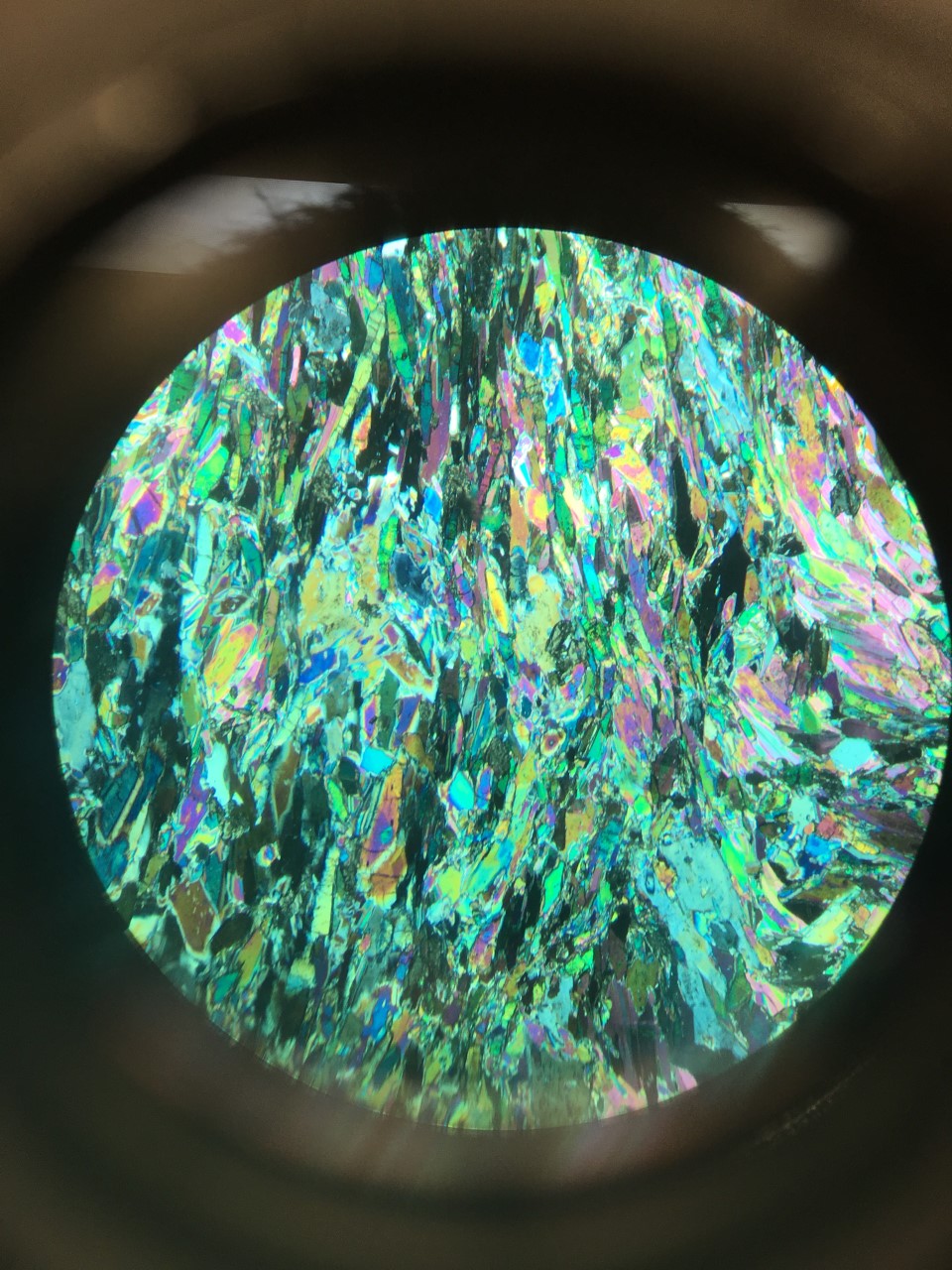Chang’e-5, China’s third successful uncrewed moon landing, has reached another milestone by not only landing on the Moon but also by spending two days on it, gathering rocks and dirt from the lunar surface. The goal of the spacecraft was to get the Moon samples to the Earth, which has been a goal of theirs since the year 1976.
The spacecraft was launched from Hainan Island, which is located in the south of China, on November 24th 2020. The spacecraft, upon entry into the moon’s orbit, would split in two; the lander and the orbiter, where the lander will be on the surface and the orbiter will await its return. The spacecraft successfully carried out this procedure on Saturday, according to various sources. The lander is reported to have touched down at Mons Rümker which is a volcanic plain located on the Moon’s near side which is estimated to be around 1.2billion years old. However, this is considered much younger than the places which were explored by NASA’s Apollo mission and the Soviet Union’s Luna mission, as the places they explored were all more than three billion years old.
The lander of Chang’e-5 will need to accomplish its drilling and scooping tasks within one lunar day, which is equivalent to 14 days on Earth. The lander is not designed to survive the dark and frigid lunar night which can cause it to reach temperatures of -170° Celsius as there is no heating mechanism built-in the spacecraft.
The Chang’e-5 also includes a rocket attachment which before the Sunset would blast off with the lunar samples. The rocket will then dock with the orbiter to transfer the lunar samples and make its way back to Earth. The samples are expected to land in China’s Mongolia region by the middle of December.
The specimens which would potentially be researched by the scientists would be a great source of understanding of the Solar System’s evolution and the planetary scientists have been eagerly awaiting the additional samples. These samples would be of great value to scientists in order to calibrate techniques for estimation of the age of geological surfaces in the solar system’s; moon, planets, asteroids etc. The Lunar samples would also help in testing hypotheses about the causes of volcanic eruptions which are evident in the region of the moon where the Chang’e-5 landed.





